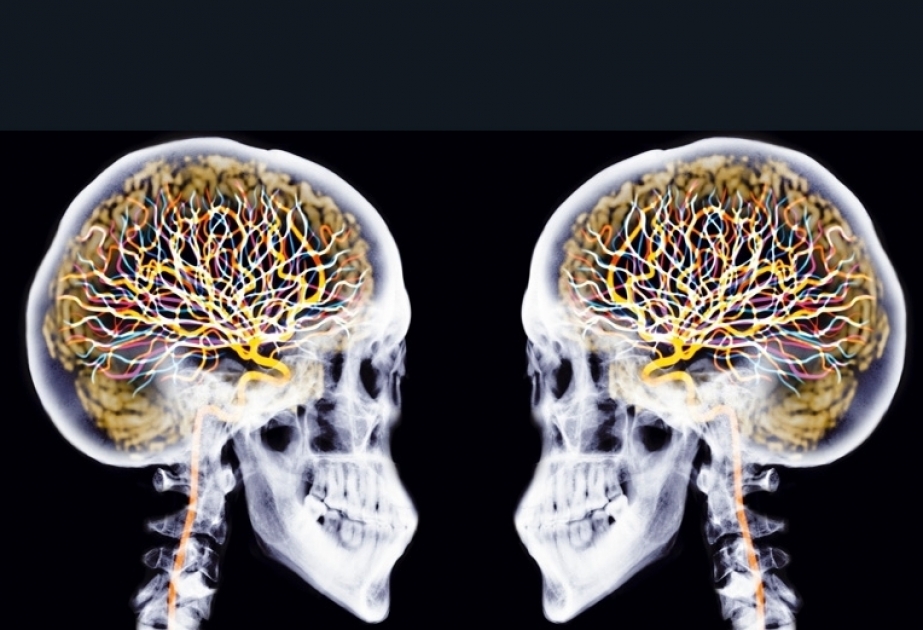Neurological conditions such as stroke, dementia and migraine are the biggest global cause of ill-health, affecting billions of people and hitting poorer countries hardest, according to Financial Times.
More than 40 per cent of the global population suffered nervous system problems in 2021 despite improvements in prevention and treatment, says the research published in The Lancet Neurology on Thursday. The paper highlights how a sharp increase in the number of people living with the impact of neurological conditions is one consequence of rising life expectancy. “The worldwide neurological burden is growing very fast and will put even more pressure on health systems in the coming decades,” said Dr Valery Feigin, a co-author of the paper and director of Auckland University’s National Institute for Stroke and Applied Neuroscience. “Yet many current strategies for reducing neurological conditions have low effectiveness or are not sufficiently deployed.” Using data from 204 countries and territories, the research found 3.4bn people suffered a nervous system condition in 2021. That drove a rise in the number of disability-adjusted life years (Dalys) — a measure of the impact of disability, illness and premature death — due to neurological problems from 375mn in 1990 to 443mn in 2021. That increase is driven by population growth and increased longevity. Once this demographic change is adjusted for, Dalys caused by neurological conditions fell 27 per cent and deaths by 34 per cent over the 31-year survey period. This partly reflects the success of vaccination and other prevention methods for conditions including tetanus, meningitis and stroke, the researchers said. The researchers found the 10 biggest contributors to neurological health loss in 2021 were stroke, neonatal brain injuries, migraine, Alzheimer’s and other dementias, nerve damage linked to diabetes, meningitis, epilepsy, neurological complications from preterm birth, autism spectrum disorder and nervous system cancers. The most common disorders were tension type headaches and migraines, accounting for more than 3bn cases between them. The paper reveals stark contrasts between richer and poorer countries. The rates of Dalys and deaths in regions of west and central Africa were up to five times higher than those in high-income nations in Asia and Australasia. Nervous system problems disproportionately affect poorer countries partly because of the higher prevalence of conditions affecting newborns and children under five, especially birth-related complications and infections, said Dr Tarun Dua, another study co-author. “Improved infant survival has led to an increase in long-term disability, while limited access to treatment and rehabilitation services is contributing to the much higher proportion of deaths in these countries,” said Dua, who is head of the World Health Organization’s brain health unit. Because many neurological conditions cannot be cured, the researchers urged a stronger emphasis on prevention. Their suggested measures included efforts to lower blood pressure, reduce exposure to lead and cut high blood glucose levels. The survey was important because it highlighted the prevalence of a class of diseases that had historically often been stigmatised and under-researched, said Michael Zandi, a neurologist not involved in the paper. “It’s important to realise just how broad these illnesses are,” said Zandi, a researcher at University College London’s Queen Square Institute of Neurology. “They touch on a range of people across ages — and there’s lots of disability there.” Further research should look at the impact of neuromuscular diseases, cancer in the nervous system and neuropathic pain, said Professor Wolfgang Grisold, who is president of the World Federation of Neurology, but was also not involved in the study.




















